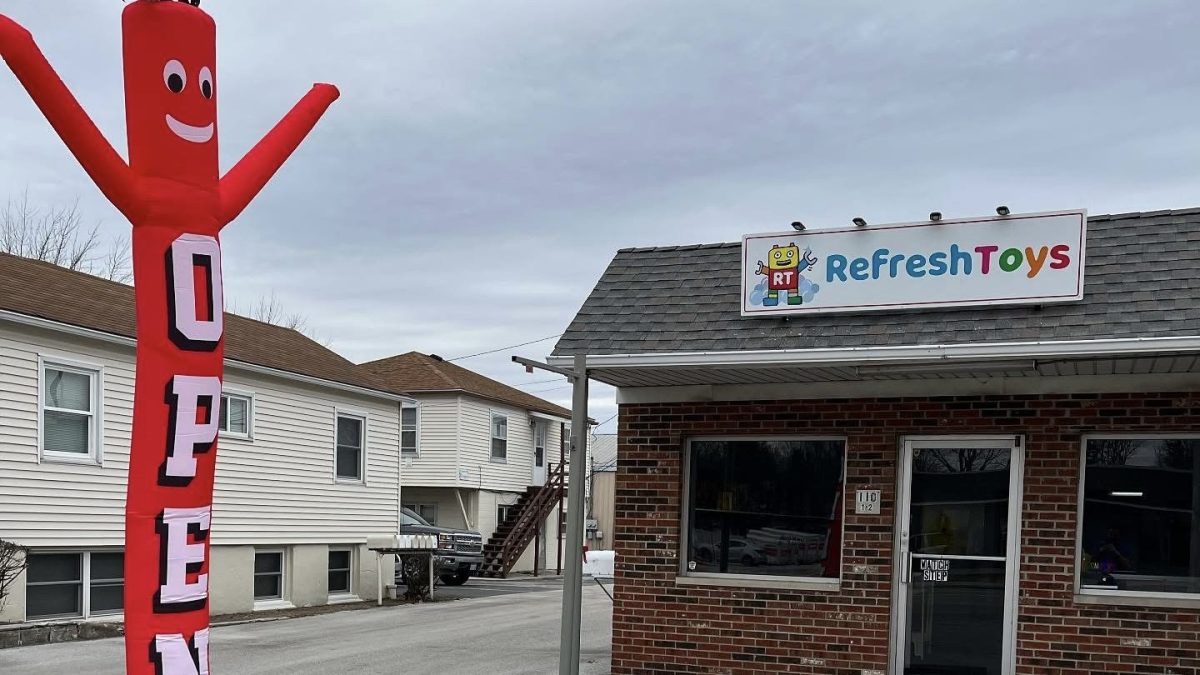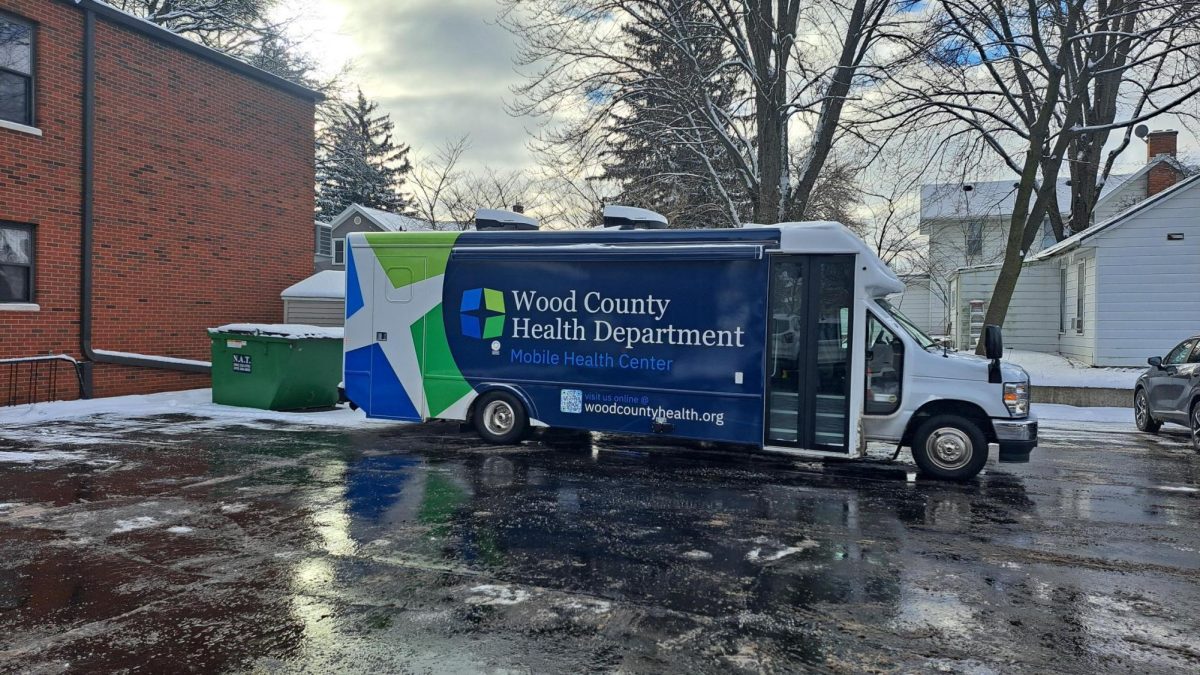The fear of fracking within city limits has Bowling Green resident Lisa Kochheiser and nearly 2,000 other concerned residents placing a ban on the process on the November ballot.
“There is no other way for us to protect our city,” said Kochheiser, a member of Protect BG, a group of citizens who circulated a petition to amend the city charter around town during the summer to bring it to vote.
Hydraulic fracturing, commonly referred to as fracking, is a way to extract oil and gas trapped in pockets of shale by blasting a water and sand mixture into a well to fracture the rock and release the resource.
As there are 125 wells in eastern Ohio that use fracking, some residents fear it could happen here. This activity could damage the environment, as it has allegedly contaminated aquifers in Pennsylvania and possibly increased earthquakes in Youngstown, Ohio.
No companies indicated they would use fracking in Wood County, said Mark Bruce, spokesperson for the Ohio Department of Natural Resources.
“Companies have tried a handful of times [several years ago] and failed,” Bruce said.
The attempts failed because the type of shale in Northwest Ohio is too dense to fracture the rock, whereas the shale in eastern Ohio is easier to break through, he said.
While the state denies fracking could happen in the region, Kochheiser isn’t taking any chances.
“There are already wells [in Wood County], but to make wells profitable, they use fracking to stimulate the wells,” Kochheiser said. “The purpose of [the amendment] is to give people a way to protect their families and health.”
Bob Vincent, emeritus professor of geology at the University, said stimulating the wells in Wood County could bring the fracking fluid to the surface. The oil and gas are only 1,200 feet below the surface, compared to 5,000 to 6,000 in eastern Ohio, where it’s safer.
In Wood County, there are eight oil and gas wells, and none use fracking, Bruce said.
Gas and oil pockets in northwest Ohio also contain enough pressure to naturally push up the resource when opened by a drill, he said.
Amending the city charter in November worries Mayor Richard Edwards and the city administration.
The city charter and the amendment “don’t match up,” Edwards said. “These are two different documents.”
The city charter outlines how the city government should function, Edwards said. The proposed charter amendment not only proposes outlawing fracking and storage of wastewater, but creation of “fossil fuel” production facilities such as pipelines and storage facilities.
To try and appease the petitioners, City Attorney Mike Marsh developed an ordinance that only bans fracking as a way to better approach the issue. City Council introduced the legislation at it’s Aug. 19 meeting.
To Kochheiser, an ordinance isn’t enough, as Ohio has preempted cities’ fracking ban ordinances in the past.
But, the state government hasn’t overturned a city charter yet and “that’s why we’re trying it,” Kochheiser said.
The other concern the city has is the charter’s “anti-business” stance which prohibits production facilities, Edwards said.
Manufacturers in town believe the amendment could impede future growth by not allowing them to get water or air permits since the amendment calls for clean resources, said Sue Clark, executive director of the Bowling Green Community Development Foundation.
This could affect the 40 manufacturers in town, Clark said.
Some students see the amendment as a strong statement to the government.
“It definitely lets people know what we want to see happen,” said University junior Derek Smith who has researched fracking.
Smith agrees with the amendment because “the risks to the environment aren’t worth the costs of getting natural gas.”
While Kochheiser understands the city’s concern, she doesn’t think it’s worth the risk.
The fact that the amendment might not coincide with the city charter is concerning because “the damage to human health and the environment is a more compelling argument,” she said.













